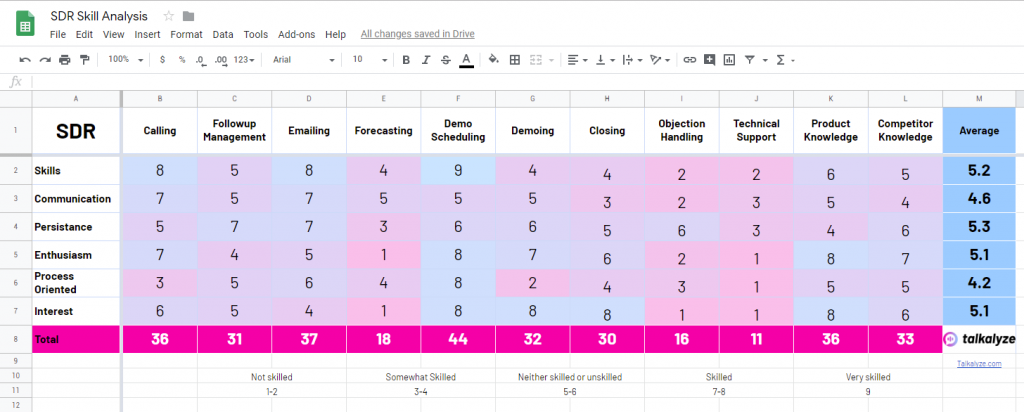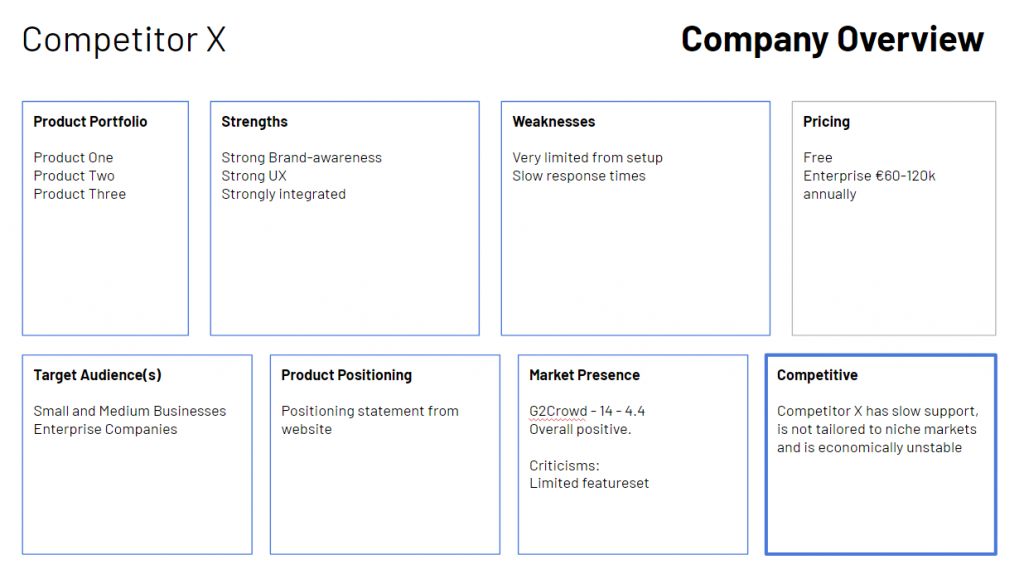If you’re a sales manager or team lead, you’ve probably been there. A new hire is starting, and you really really want to make sure they get a warm welcome into the team. You’ve probably already got some kind of checklist for everything the new SDR on your team needs to be onboarded.
Still, every time someone new starts, you end up spending a lot of time and effort to get them up to speed.
How do you make your life and your SDRs life easier?
We’ve got 7 tactical tips to reduce the time needed to get somebody onboarded.
Tip 1: Define what “onboarded” means
When you start an onboarding process, you have to to remember that it also needs to have a finish-line.
If your onboarding process does not have a clear end-date, you’ll become a perpetual onboarding machine. If you do set an end-date, you’ll be able to plan, iterate and improve on the process.
Ideally, an onboarding should last no longer than 1 month.
To make sure you have everything planned, it’s ideal to put all of the onboarding steps into your SDRs calendar on their first day.
Here are a few example milestones:
- SDR has been given access to full list of systems (CRM, Phone, Email, Outreach, etc)
- has had a mock-call with manager
- has shadowed another SDR call
- has shadowed an AE call
- has given a demo to the manager
- has begun reaching out to customers
- has used the CRM system to create a real new opportunity
Tip 2: Analyze Skill Gaps
Just like no two snowflakes are alike, no two sales reps are the same either. Each new hire has a completely different set of kills, strengths and weaknesses. To reduce the time spent onboarding, and to reduce potential mishaps further down the line, it is vital to analyze what skills your reps are missing.
A great way to do this, is through a skill & competence matrix for SDRs.
We’ve made this matrix available for free. Just go to Google Docs, and make a copy for your own team.
Simply ask your reps to self-evaluate on this matrix. It takes about 5 minutes, and will immediately uncover hidden weaknesses that you can work on and improve.
Tip 3: Have a checklist – and let the sales rep own it!
The easiest way to save time and make onboarding more effective, is to simply have a comprehensive checklist of required activities.
Our preference is to work with a tool like Asana, which makes it super easy for you to create new checklists, copy them for new team members and to check in to see how they are progressing.
When you’re making a checklist, try to be as granular as possible, and provide direct links to the activity that a new SDR needs to take.
The checklist is only a success if the sales reps own it themselves. If they still have to come to you for every other checkbox, then you’ve obviously failed. As you grow your team, simply iterate and improve on this list. If something breaks, or a link is out of date, ask your sales rep to update it themselves.
Tip 4: Create competitive Battle Cards
When a sales rep comes across a new competitor that they’ve never heard of – what do they do? They’ll usually just Google them, and hope that they can figure out your company’s competitive advantage.
The rest of your team, however, has already been testing a lot of different strategies, messages, objection handling methods, and more. That information usually sits in their head, and makes them into the great sales person they are.
To transmit this information to new hires, a common and proven method is to create Battle Cards.
Battle cards are a great way to communicate vital information, that can be accessed at a glance by your sales reps.
If you’d like to get started building your own Battle Cards, feel free to use our free battle card template.
Tip 5: List common objections – and ways to handle them
SDRs get more objections than anybody else. Being the front-line of sales, they are typically getting more no than yes from prospects. This is why it’s so important to help SDRs deal with common objections.
A few of the more common objections are:
- We already have a solution
- Not a priority right now
- Just email me what you have
- Not interested
When an SDR is getting started – these all seem like very valid responses. Human intuition would say “Oh okay, I’ll move on to someone else.”
But these are the ones where the real opportunity sits. They’ve taken the time to respond to an email, and in that act alone, they have created their first connection to the SDR. That doesn’t mean that they are immediately interested in buying, but it means that a conversation can be opened.
Create a frameworks specifically to your business with the most common objections. Get your entire team involved in sourcing common objections, and help them formulate the most successful ways they were able to overcome objections. Then document these in an easily accessible format, so that not just your new hires, but also your existing team members are able to learn.
Tip 6: Provide real-time feedback on their calls
Humans all have a blind-spot when it comes to understanding how they are communicating. Think about it – when you are speaking you don’t even hear how you really sound. A sales rep can only focus on what the prospect is saying.
Without external input, it can be extremely hard for a sales rep to improve. To optimize for this, managers should listen in on calls, and provide real-time feedback to help them improve. This can be done by dialling into the conversation, setting your phone to mute, and then sending updates and notifications to the sales rep with recommendations.
The challenge with this, most often is that a sales manager just doesn’t have the time to do this, and if they do they are often times too slow to be able to provide timely feedback and insights.
For this, we’ve developed our real time AI call coaching platform. By having our AI listen to their conversation, and provide real-time recommendations, Talkalyze is able to help reps improve in a way that hasn’t been possible before.
Tip 7: Focus on Rep Happiness
Our final tip is to really focus on the happiness of your new sales hire. Often times, sales managers look at the bottom line numbers only and don’t stop to think about their team happiness.
Research has shown that emotions are incredibly infectious. When one person is unhappy, they will bring other people down with them. When someone is really happy, everybody will notice and become slightly happier as well.
If you think about a sales process. What would you rather have?
A happy salesperson that’s passionate about their job?
Or an unhappy salesperson that’s pushing to hit their number?
It’s easy to overlook this, but promoting happiness inside of your team can be one of the biggest factors to creating a high performance team.

